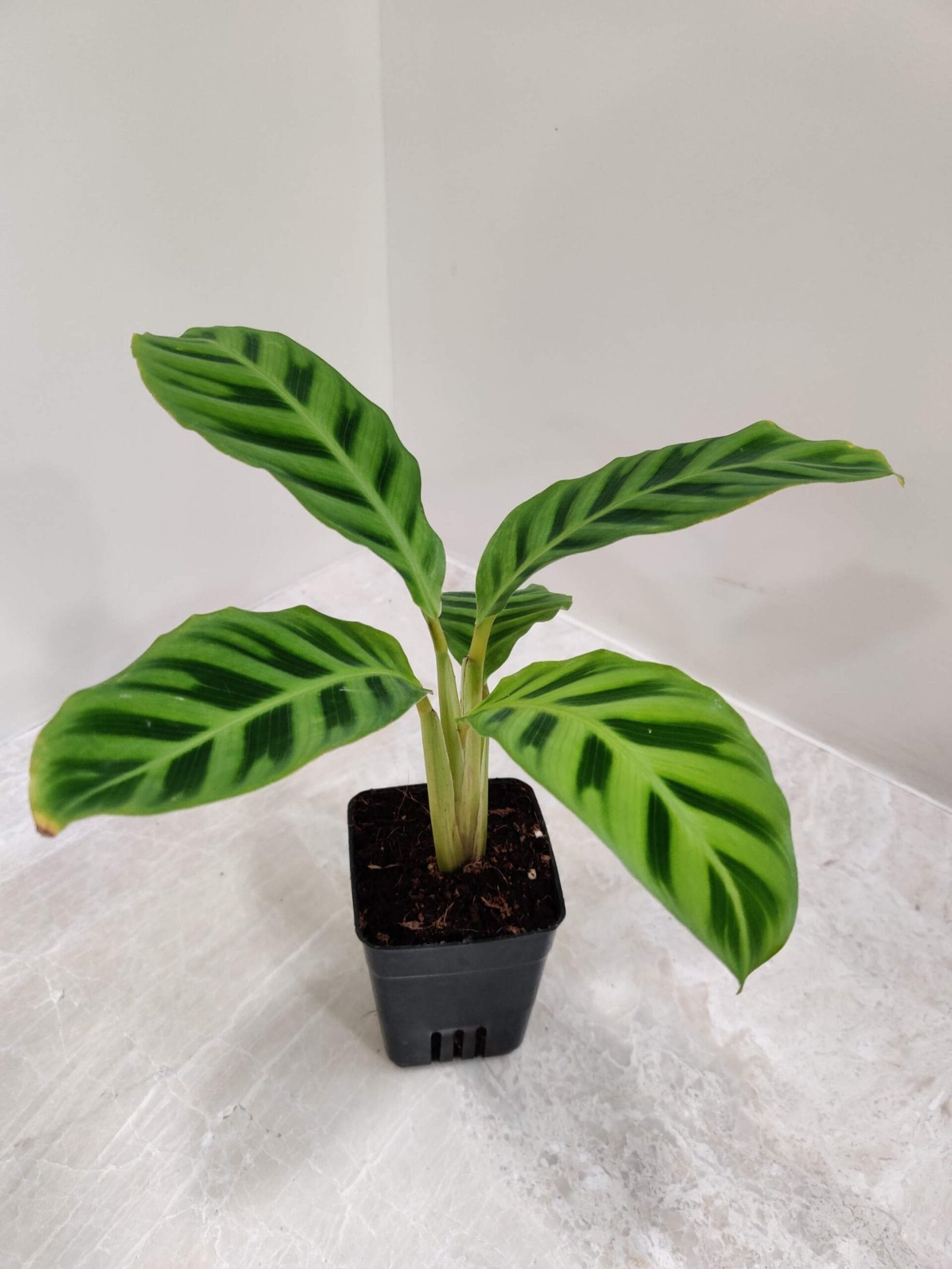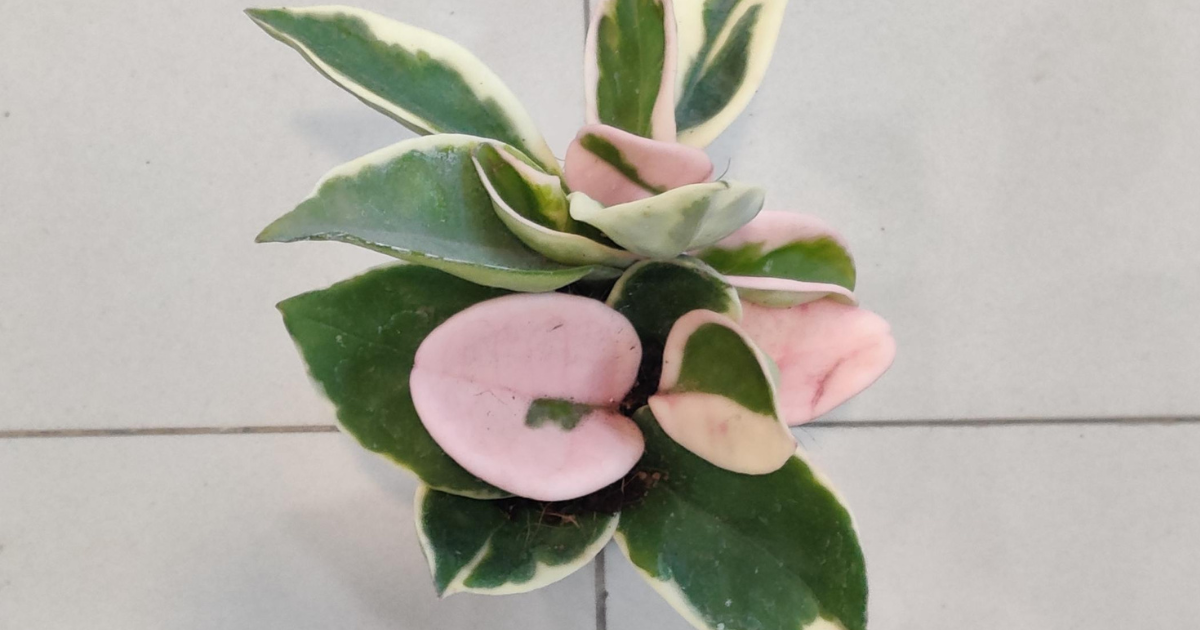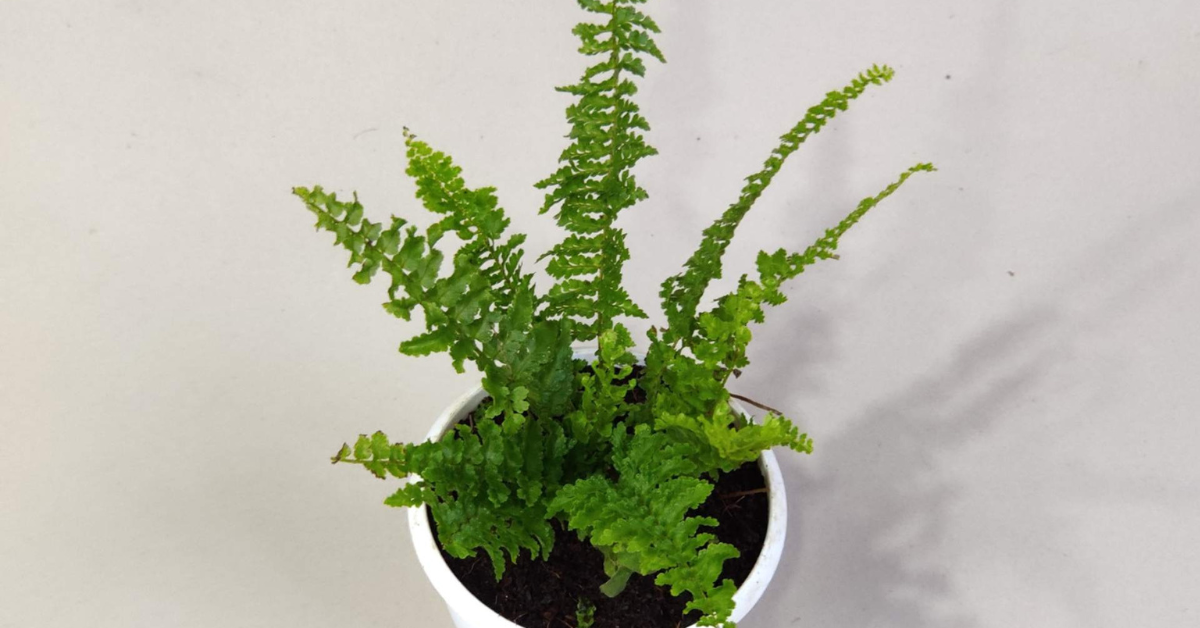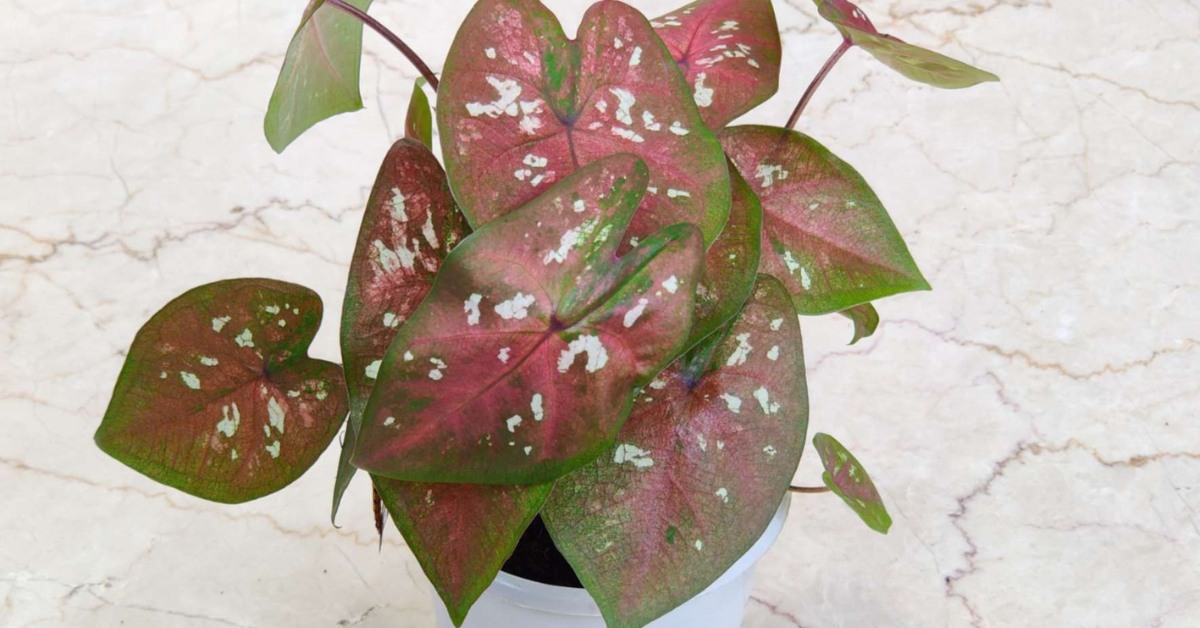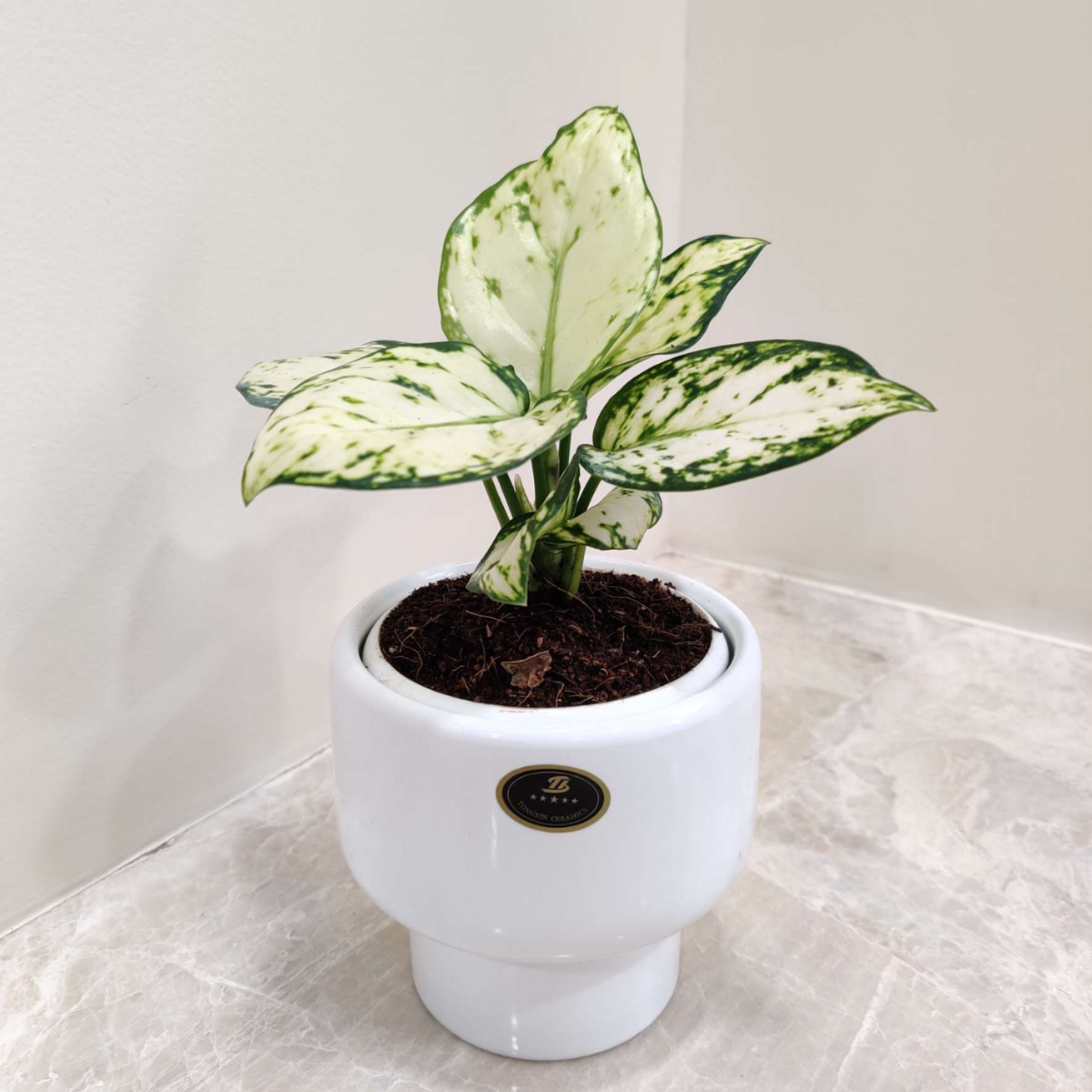The Calathea Zebrina, commonly called the Zebra Plant (Goeppertia zebrina), is a true showstopper among tropical houseplants. With its lush, velvety leaves patterned in bold lime-green stripes that resemble the markings of a zebra, this plant adds instant drama and elegance to any indoor space. Native to the rainforests of Brazil, the Zebra Plant is admired not only for its exotic beauty but also for its fascinating “prayer plant” behavior—its leaves gracefully fold upward at night and unfurl again with the morning light, bringing a dynamic rhythm of movement into your home.
Beyond its striking appearance, the Calathea Zebrina offers real benefits for plant enthusiasts. It helps purify indoor air, acts as a natural humidifier, and is completely safe for pets and children—making it an excellent choice for family homes. Whether you’re a beginner drawn to its ornamental charm or an experienced plant collector looking for a new tropical gem, this houseplant delivers both style and substance.
In this comprehensive Calathea Zebrina care guide, you’ll discover everything you need to successfully grow and maintain your Zebra Plant indoors. From light, water, and humidity needs to propagation techniques, styling ideas, and solutions to common problems, this guide will equip you with the knowledge to keep your plant thriving for years.
Plant Profile: Meet the Zebra Plant
- Botanical Name: Goeppertia zebrina (previously Calathea zebrina)
- Family: Marantaceae (Prayer Plant family)
- Common Names: Zebra Plant, Prayer Plant
- Origin: Brazil’s tropical rainforests
- Type: Evergreen perennial, rhizomatous
- Mature Size: Up to 3 feet tall, 2-3 feet wide; leaves up to 2 feet long
- Growth Rate: Slow-growing, matures in several years
- Flowering: Rare indoors, small purple or white blooms possible
- Toxicity: Non-toxic to pets and humans (safe for homes with cats, dogs, and kids)
One of its most fascinating traits is its nyctinastic movement—like other prayer plants, the leaves fold upward at night and open again during the day, adding a dynamic charm to your indoor jungle.
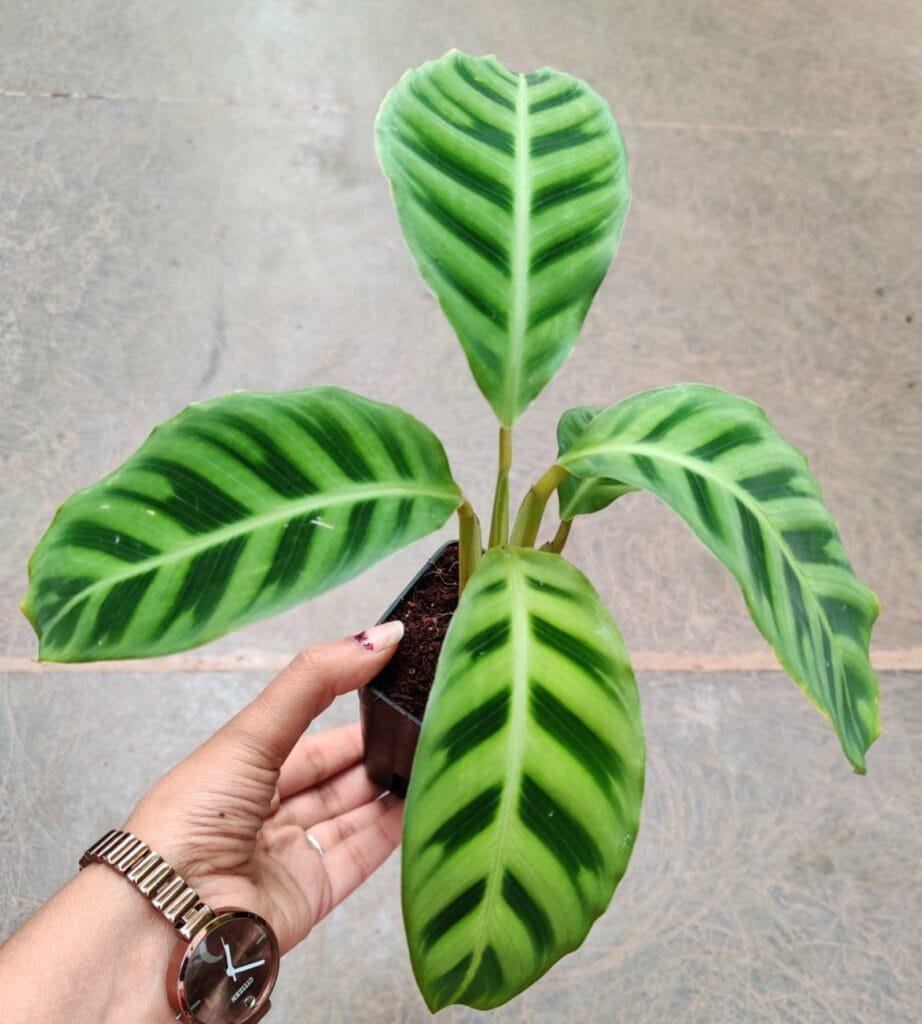
Why Calathea Zebrina is Worth Growing
The Calathea Zebrina (Zebra Plant) is more than just a decorative houseplant—it’s a living piece of art with practical benefits that make it a must-have in any plant lover’s collection. Here’s why this tropical gem deserves a spot in your indoor garden:
1. Striking Foliage: A Statement Plant for Your Home
The Zebra Plant is instantly recognizable for its velvety green leaves adorned with bold lime-green stripes that resemble the exotic patterns of a zebra. Each leaf looks hand-painted, giving it a unique charm that few other indoor tropical plants can match. Whether displayed as a standalone statement piece in a living room or grouped with other houseplants in a lush jungle corner, its foliage guarantees attention and admiration.
2. Air-Purifying Qualities: Breathe Cleaner, Fresher Air
Like many tropical houseplants, the Calathea Zebrina doubles as a natural air purifier. Studies (including NASA’s clean air study) highlight how plants filter toxins such as formaldehyde, benzene, and VOCs commonly found in household products and furniture. By absorbing these harmful compounds, your Zebra Plant not only enhances your indoor décor but also helps promote a healthier and fresher living environment.
3. Safe for Pets and Family-Friendly
One of the biggest challenges for plant parents is finding non-toxic houseplants that are safe around pets and children. Fortunately, the Zebra Plant is completely safe for cats, dogs, and humans. Unlike many common houseplants that can be toxic when chewed, the Calathea Zebrina is pet-safe, allowing you to enjoy its beauty without worry—making it an ideal choice for family homes.
4. Natural Humidifier: Perfect for Dry Homes
The Zebra Plant doesn’t just survive in humidity—it thrives in it. Through transpiration, its large tropical leaves release moisture into the air, acting as a natural humidifier. This makes it a fantastic addition to homes in dry climates or air-conditioned environments, where indoor air can often be too dry for comfort. Improved humidity not only benefits your Zebra Plant but can also help ease respiratory issues, dry skin, and even improve sleep quality.
5. Decorative Versatility: Complements Any Interior Style
Whether your home has a modern minimalist aesthetic, bohemian vibes, or classic traditional décor, the Zebra Plant fits right in. Its bold stripes add a pop of color and texture, making it an excellent choice for styling:
- In modern interiors, pair it with sleek ceramic pots to highlight its clean lines.
- In boho spaces, it blends beautifully with woven baskets or macramé plant hangers.
- For a tropical-inspired corner, combine it with other large-leaf houseplants like Monstera and Philodendron for a lush rainforest effect.
Its decorative versatility ensures that wherever you place it—whether in a living room, bedroom, or office—it instantly transforms the space into a more vibrant and refreshing environment.
Essential Care Requirements for Calathea Zebrina
The secret to thriving Calathea Zebrina care lies in mimicking its natural rainforest environment. This tropical beauty flourishes in warm, humid conditions with filtered light and consistently moist soil. By recreating these conditions indoors, you can enjoy a lush and healthy Zebra Plant year-round.
Light: Bright but Indirect
Calathea Zebrina is a forest-floor plant, naturally shielded by the canopy of taller trees. This means it prefers bright, indirect sunlight rather than harsh, direct rays.
- Best Placement: Near a north or east-facing window where it receives gentle morning light. For south or west-facing windows, filter sunlight with sheer curtains to prevent leaf scorch.
- Avoid Direct Sunlight: Too much direct sun will fade the zebra-like stripes and cause crispy brown patches.
- Artificial Light: If your space lacks natural light, Zebra Plants adapt well under LED grow lights—just ensure 12–14 hours of exposure daily.
- Outdoor Growth: In USDA hardiness zones 10–12, Calathea Zebrina can thrive outdoors in partial to full shade, ideally on shaded patios or under taller plants.
Water: Moist but Not Soggy
Watering is one of the trickiest parts of Zebra Plant care. These plants love consistently moist soil, but they cannot tolerate being waterlogged.
- Watering Frequency: Allow the top 1–2 inches of soil to dry before watering again. This prevents root rot while keeping enough moisture for lush growth.
- Best Water Choice: Use distilled water, rainwater, or filtered water. Tap water often contains fluoride, chlorine, and salts, which can damage the foliage and cause brown edges.
- How to Water: Pour until excess drains from the bottom, ensuring no standing water in saucers. Consistent watering is better than letting the soil swing between soggy and bone dry.
- Winter Watering: Growth slows during winter, so reduce watering slightly while still keeping soil lightly moist.
Temperature & Humidity: Keep It Tropical
Being a rainforest native, Calathea Zebrina thrives in warmth and high humidity. Without these, the plant quickly shows stress.
- Ideal Temperature: 65–75°F (18–24°C). Avoid sudden drops or cold drafts.
- Never Below 50°F (10°C): Exposure to cold can cause yellowing, leaf curling, or even plant death.
- Humidity Needs: A lush Zebra Plant requires 60–80% humidity. Indoor air—especially in winter—can be too dry, so boosting humidity is crucial.
Ways to Increase Humidity:
- Use a room humidifier—most effective for steady moisture.
- Place pots on a pebble tray with water (ensuring roots don’t sit directly in water).
- Group tropical plants together to create a mini humid microclimate.
- Place in naturally humid spaces like bathrooms or kitchens with good indirect light.
- Grow in a terrarium or greenhouse cabinet for ultimate humidity control.
Curling leaves are one of the first signs your Zebra Plant is stressed. Learn more in our detailed blog: Reasons Your Calathea Plant Is Curling—And How to Revive It.
Soil: Rich and Well-Draining
Healthy roots equal a healthy plant, so choosing the right soil mix is critical. Calathea Zebrina prefers loose, airy, and slightly acidic soil that retains moisture without becoming heavy or waterlogged.
- Best Soil Mix: A peat-based mix with added perlite or sand for aeration.
- DIY Recipe: Mix 2 parts peat moss, 1 part loam, and 2 parts perlite/sand. This balance holds enough water while allowing proper drainage.
- Alternative Option: African Violet soil mix also works well, as it shares similar requirements.
- Pot Choice: Always use containers with drainage holes to prevent stagnant water and root rot.
Fertilizer: Light and Balanced Feeding
Unlike fast-growing plants, the Zebra Plant grows slowly and doesn’t need heavy feeding. Still, a little nutrition during the growing season can encourage vibrant foliage.
- Feeding Schedule: Apply a balanced liquid houseplant fertilizer every 2–4 weeks from spring through fall.
- Dilution is Key: Always dilute fertilizer to ¼ strength to avoid root burn.
- Skip Winter Feeding: In cooler months, the plant rests—fertilizer at this stage can stress the roots.
- Signs of Overfeeding: Yellowing leaves, burnt tips, or white crust on soil indicate excess fertilizer. Flush the soil with clean water if this happens.
With these conditions—bright indirect light, consistent moisture, warm temperatures, high humidity, airy soil, and light feeding—your Calathea Zebrina will flourish as a stunning centerpiece in your plant collection.
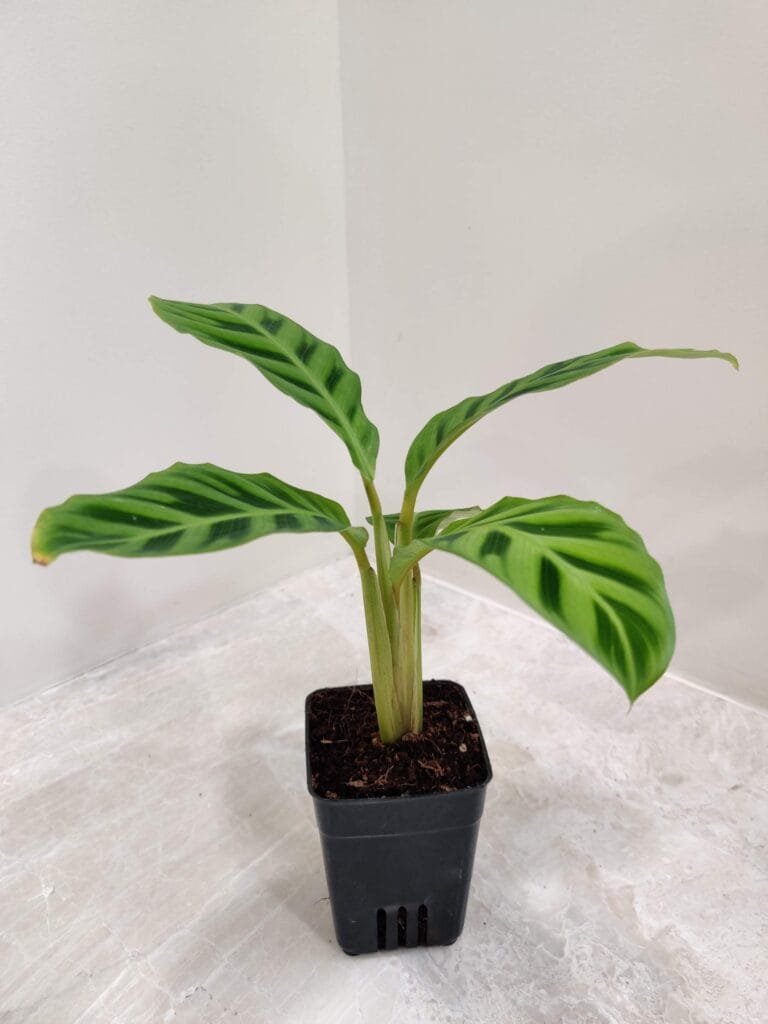
Propagation, Potting, and Pruning
Propagation Methods
- Division (Most Effective)
- Gently separate rosettes with roots during repotting.
- Pot each section in moist soil and keep in high humidity.
- Stem Cuttings (Less Common)
- Take side shoot cuttings, dust with rooting hormone, and place in soil.
- Keep warm (around 70°F) and covered with plastic for humidity.
Repotting
- Repot every 2 years or when roots peek out of drainage holes.
- Choose a pot only 2 inches larger than the current one.
Pruning
- Minimal—just trim dead, yellow, or brown leaves to keep it neat.
Common Problems and Solutions
| Problem | Cause | Solution |
|---|---|---|
| Brown, crispy leaf tips | Low humidity, tap water salts | Use distilled water, increase humidity |
| Curling leaves | Underwatering or cold drafts | Adjust watering, move away from vents |
| Drooping stems | Overwatering, root rot | Improve drainage, check roots |
| Yellow leaves | Excess water or poor drainage | Reduce watering, repot if needed |
| Pests (aphids, mites, etc.) | Dry air, poor air circulation | Neem oil, insecticidal soap, humidity boost |
Styling Ideas with Calathea Zebrina
- Modern Interiors: Place in a white ceramic or minimalist pot to contrast the bold leaves.
- Bohemian Corners: Pair with macrame hangers or wooden planters.
- Bathroom Oasis: High humidity makes bathrooms perfect for Zebra Plants.
- Living Room Statement: Use as a floor plant beside a sofa or as a coffee table centerpiece.
Overwintering and Hardiness
- Best grown indoors year-round unless you live in USDA Zones 10–12.
- Bring indoors when temps drop below 65°F.
- Place away from heaters, vents, or drafty windows.
Conclusion
The Calathea Zebrina (Zebra Plant) is a true tropical gem. While it has a reputation for being a bit “finicky,” with the right balance of light, water, temperature, and humidity, it can thrive beautifully indoors. Its velvety striped leaves, safe nature for pets, and air-purifying qualities make it an excellent addition to any plant lover’s collection.
While the Zebra Plant is a showstopper on its own, exploring other Calathea varieties can help you build a truly diverse indoor jungle. Discover the most gorgeous types in our article: Calathea Magic: Exploring the World of Gorgeous Plant Varieties.
By following this guide, you’ll not only keep your Zebra Plant healthy but also create a lush, vibrant centerpiece that brings a slice of the Brazilian rainforest into your home.
FAQs
1. Is Calathea Zebrina safe for pets?
Yes, it’s non-toxic to cats, dogs, and humans, making it one of the safest decorative houseplants.
2. Why do the leaves fold at night?
This is normal “prayer plant” behavior, caused by light-sensitive cells that respond to day-night cycles.
3. How often should I water my Zebra Plant?
Usually once a week, but always check soil moisture first. The top inch should be dry before watering again.
4. Why are my leaves turning brown at the edges?
Low humidity or tap water chemicals are the main causes. Switch to filtered water and raise humidity.
5. Can I grow Calathea Zebrina outdoors?
Yes, in USDA zones 10–12, but always in shaded, humid areas. Otherwise, it’s best as an indoor plant.
6. Why is my plant not growing fast?
Calathea Zebrina is naturally slow-growing. Ensure proper humidity, light, and gentle feeding to encourage growth.
7. Do Zebra Plants flower indoors?
Rarely. Flowers are small and insignificant compared to their foliage.
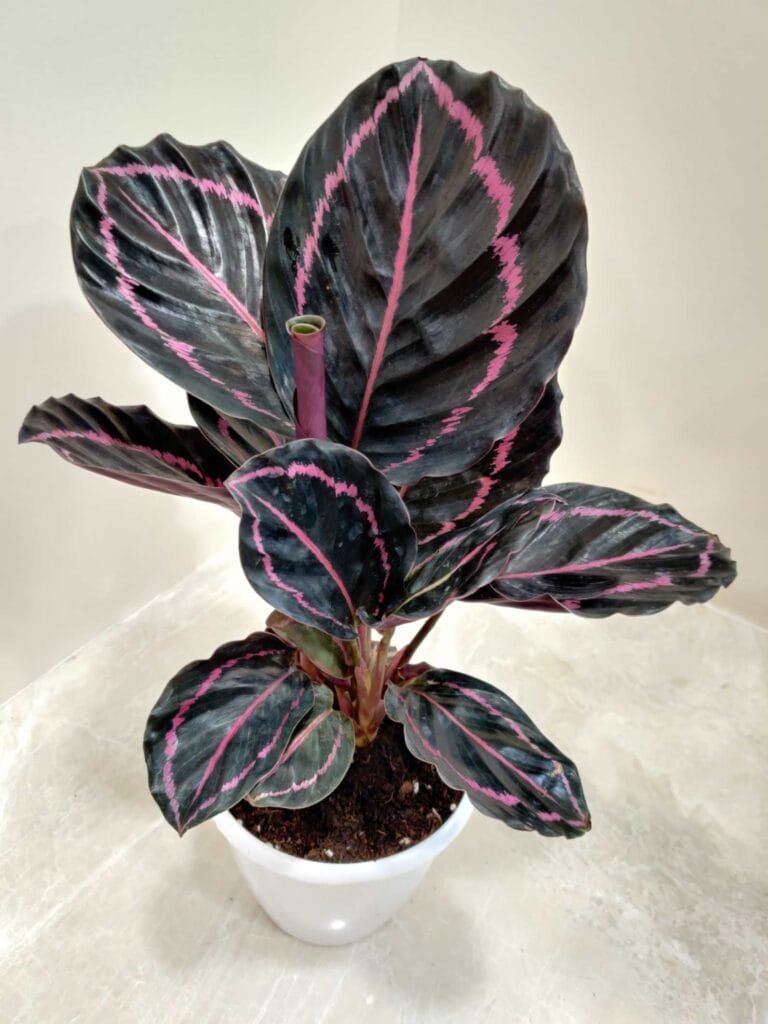
Bring Home the Beauty of Calathea Plants!
Discover our stunning collection of Calathea varieties—from the striking Zebra Plant (Calathea Zebrina) to the elegant Calathea Orbifolia, Calathea Medallion, Calathea Lancifolia, and more. Perfect for creating a lush indoor jungle, these tropical houseplants are pet-safe, air-purifying, and easy to style in any home.

